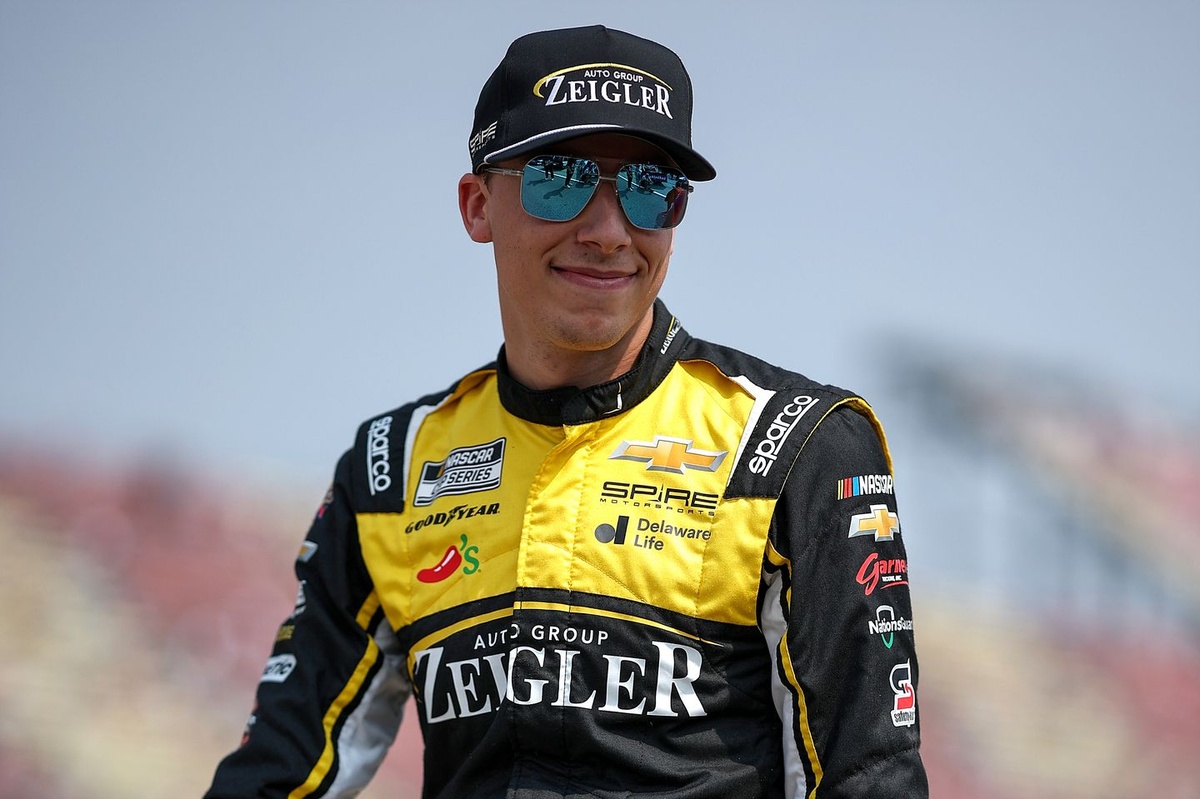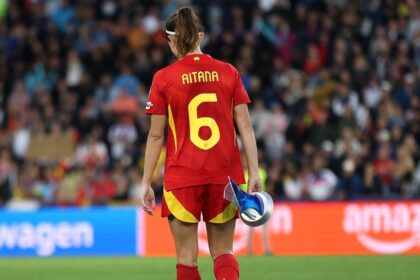In Nashville, Carson Hocevar’s second-place finish was overshadowed by a collision involving Ricky Stenhouse Jr. During the incident, contact from Hocevar caused Stenhouse to spin into the outside wall, ending the race for him and pushing Stenhouse below the playoff cutoff line. Afterward, tensions flared between the two drivers but were eventually settled following a discussion. At a Michigan press conference, Hocevar mentioned that he didn’t expect the situation to escalate further, describing their conversation as constructive.
Hocevar acknowledged his aggressive racing style has upset several drivers this season and admitted he needs to tone it down a bit. However, he said it wasn’t difficult to speak with Stenhouse, especially since Stenhouse owns a sprint car team, and Hocevar was interested in learning more about it. Despite his sometimes awkward demeanor, Hocevar does not hesitate to reach out to fellow drivers.
Hocevar also reflected on the fine line between aggressive racing and recklessness. He noted that while drivers make countless decisions on the track, the only ones that gain attention are those viewed as overly aggressive, especially when they cause cautions or tensions. He emphasized that race intensity varies by track and situation, and that being labeled as aggressive is often just part of racing at the front.
Despite the controversies, Hocevar isn’t bothered by the attention. He said it’s exciting to be talked about, even if sometimes the reasons aren’t ideal. For him, being part of the conversation is a sign that he’s making an impact and doing something notable within the sport.
Fan Take: This clash between Hocevar and Stenhouse highlights the intense and often unpredictable nature of NASCAR racing, where aggression can both create thrilling moments and spark controversy. For fans, it underscores the drama on and off the track that keeps the sport engaging and continuously evolving, reminding everyone that emotions and rivalries are part of what makes NASCAR exciting.



